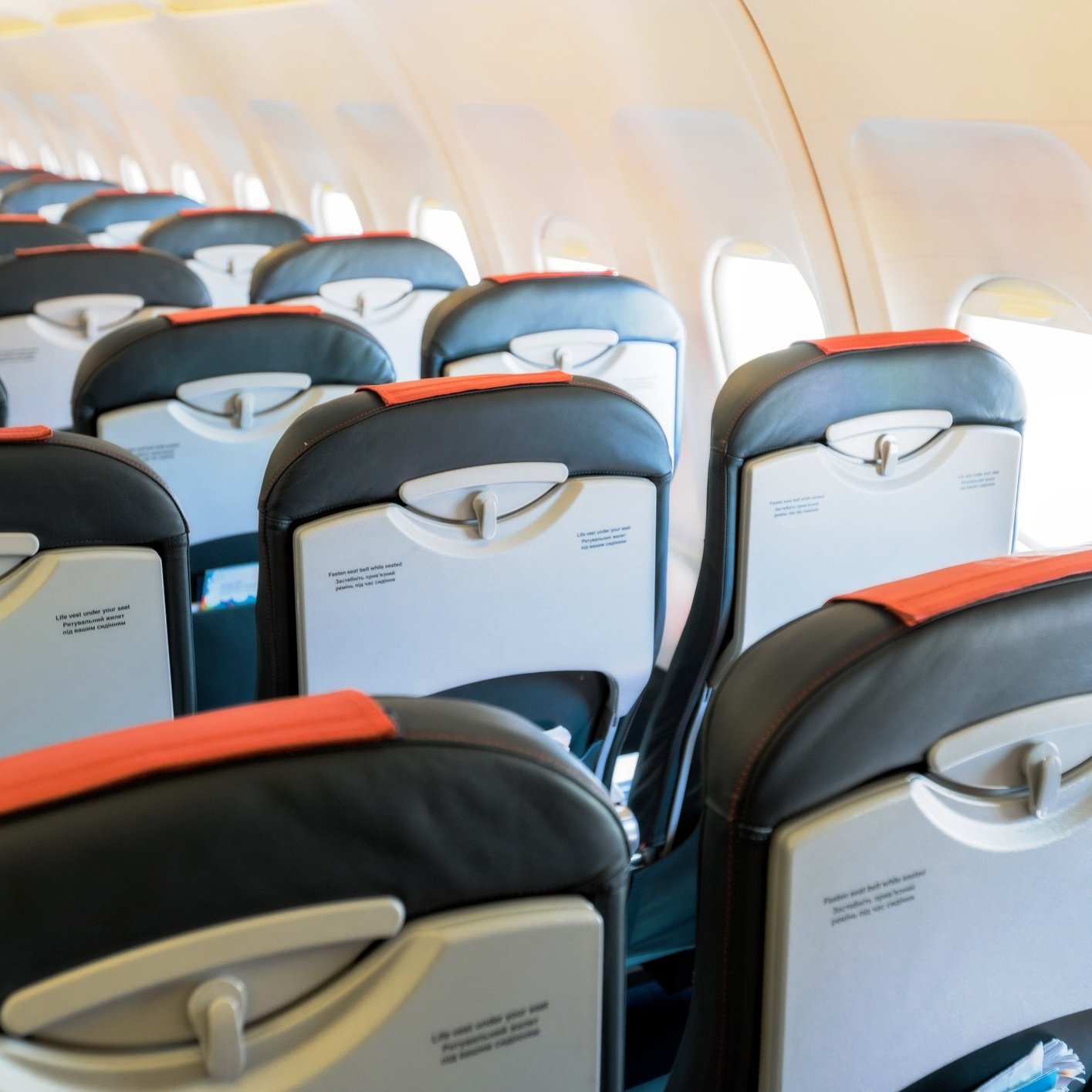Transportation
Bump Rate for US Airlines Falls to Lowest Rate in Decades

Published:
Last Updated:

The 12 U.S. air carriers that report involuntary denied boarding, or bumping, posted the lowest bumping rate for the January-to-June period and the most recent quarter since the government started tracking the data in 1995, according to the U.S. Department of Transportation’s August Air Travel Consumer Report.
The airlines reported a bumping rate of 0.52 per 10,000 passengers. The previous lowest rate for the January-through-June period was 0.62 in 2016.
The Transportation Department also said that for the second quarter of 2017, the airlines posted a bumping rate of 0.44 per 10,000 passengers, the lowest quarterly rate dating back to 1995. The previous lowest quarterly rate was 0.50 from July through September 2002.
The data-reporting period coincides with the period in which airlines suffered a public relations black eye after United Airlines in April forcibly removed a passenger from an overbooked flight bound for Louisville at Chicago O’Hare International Airport, causing him bodily injury. The incident was recorded by passengers and caused a firestorm, forcing United Continental Holdings Inc. (NYSE: UAL) to publicly apologize.
The U.S. carriers reporting mishandled baggage data posted a rate of 2.65 bags reports per 1,000 passengers in June. That is an improvement over June 2016’s rate of 2.82. For the first six months of the year, the carriers posted a mishandled baggage rate of 2.54 per 1,000 passengers, an improvement over the 2.65 rate for the same period a year ago.
The reporting carriers posted an on-time arrival rate of 76.2% in June 2017, down from the 78.0% rate in June 2016. Hawaiian Airlines had the highest on-time arrival rate at 90.4%, and JetBlue Airways had the lowest at 60.6%.
Spirit Airlines had the highest rate of canceled flights at 4.1%, and Delta Air Lines had the lowest at 0.1%.
A financial advisor can help you understand the advantages and disadvantages of investment properties. Finding a qualified financial advisor doesn’t have to be hard. SmartAsset’s free tool matches you with up to three financial advisors who serve your area, and you can interview your advisor matches at no cost to decide which one is right for you. If you’re ready to find an advisor who can help you achieve your financial goals, get started now.
Investing in real estate can diversify your portfolio. But expanding your horizons may add additional costs. If you’re an investor looking to minimize expenses, consider checking out online brokerages. They often offer low investment fees, helping you maximize your profit.
Thank you for reading! Have some feedback for us?
Contact the 24/7 Wall St. editorial team.